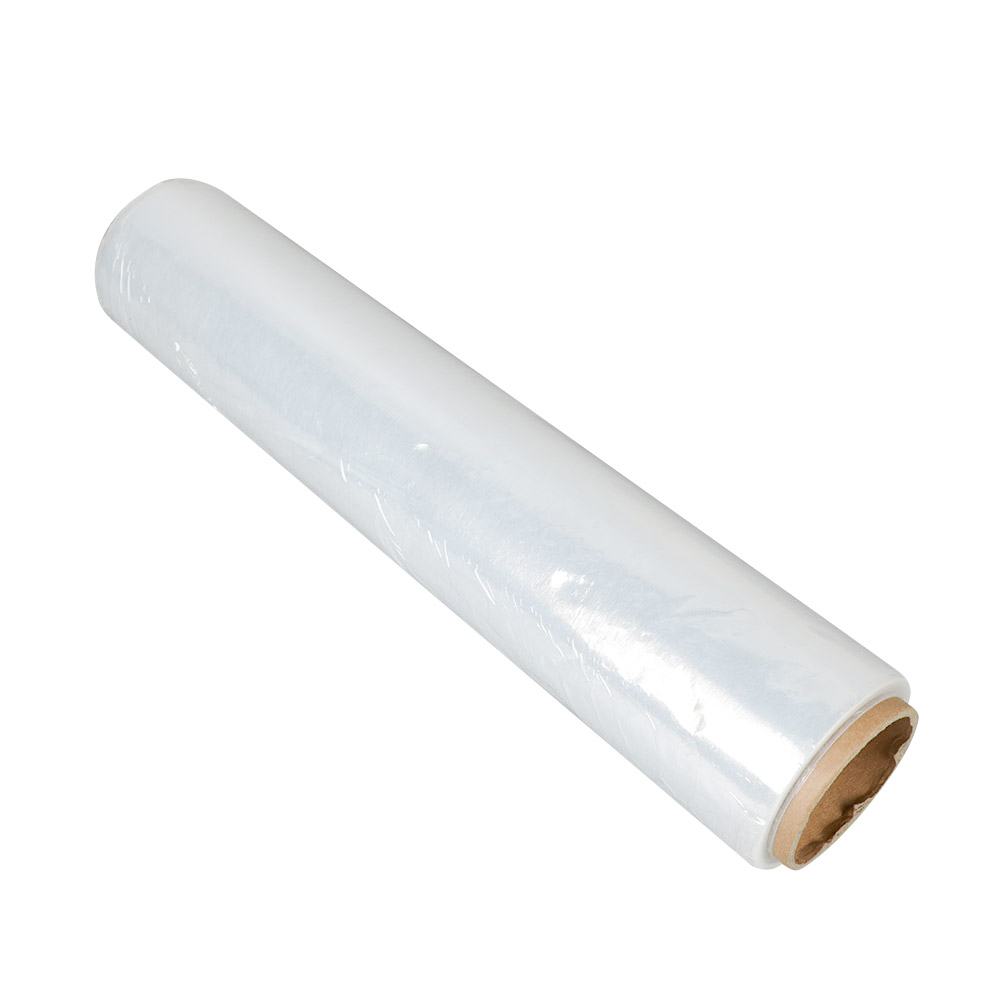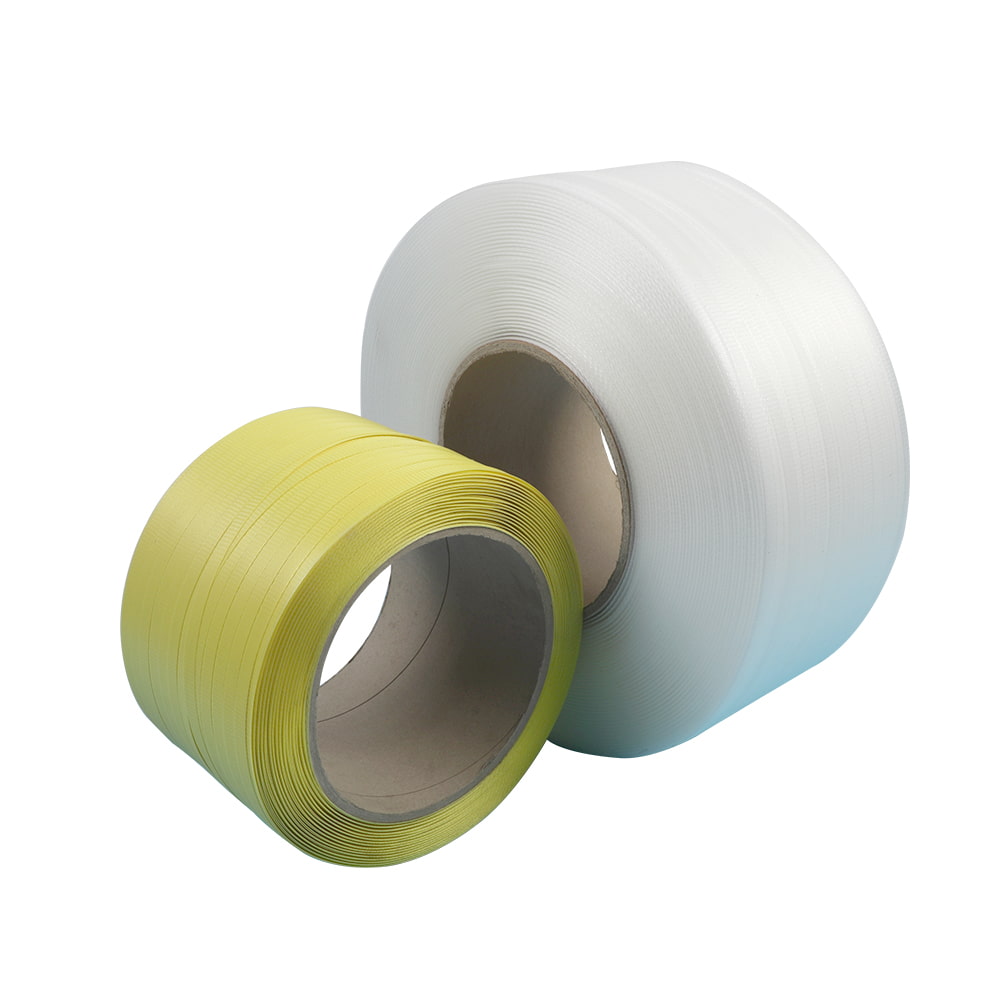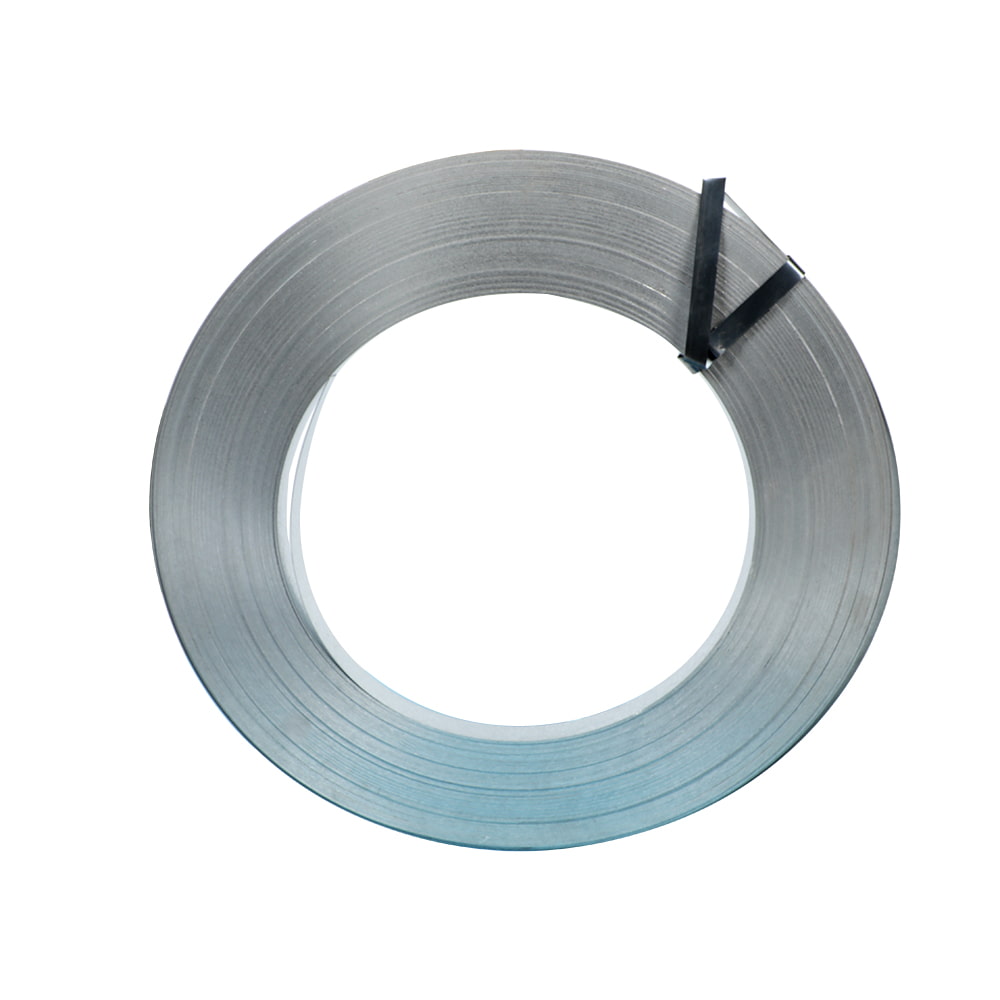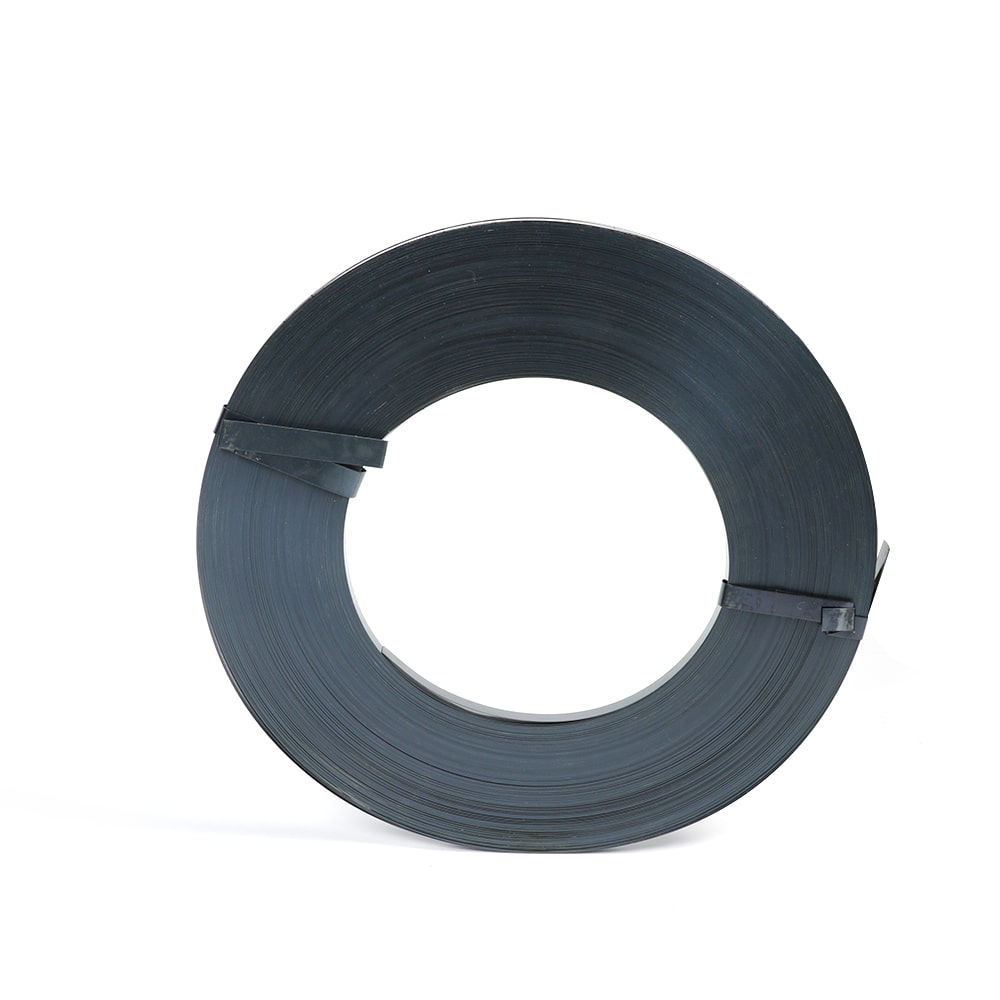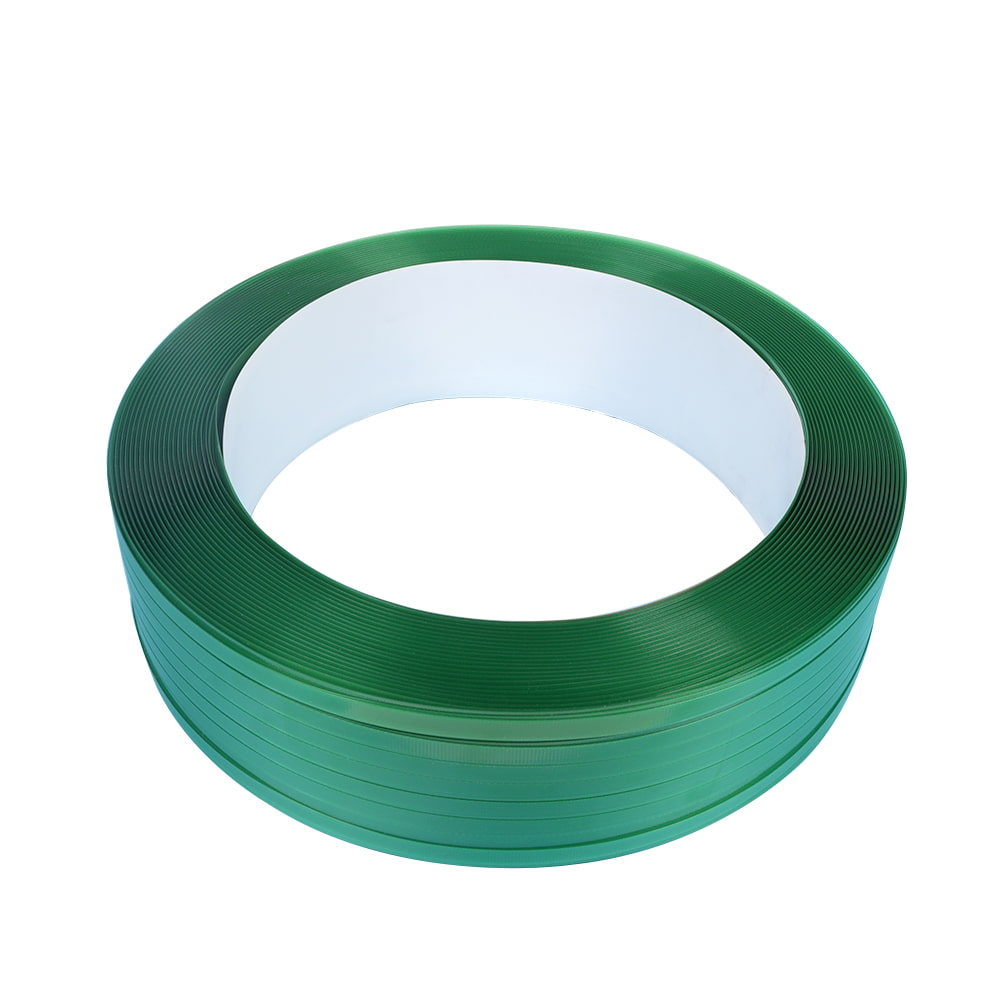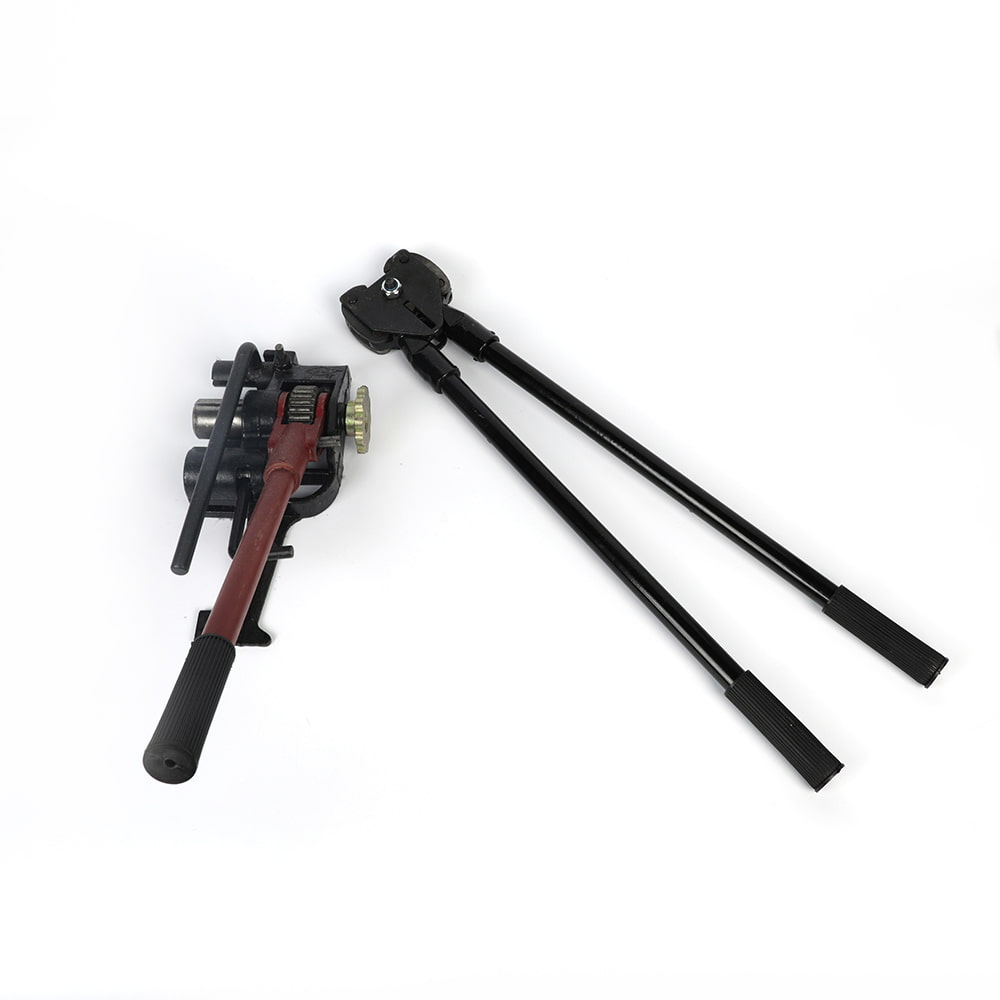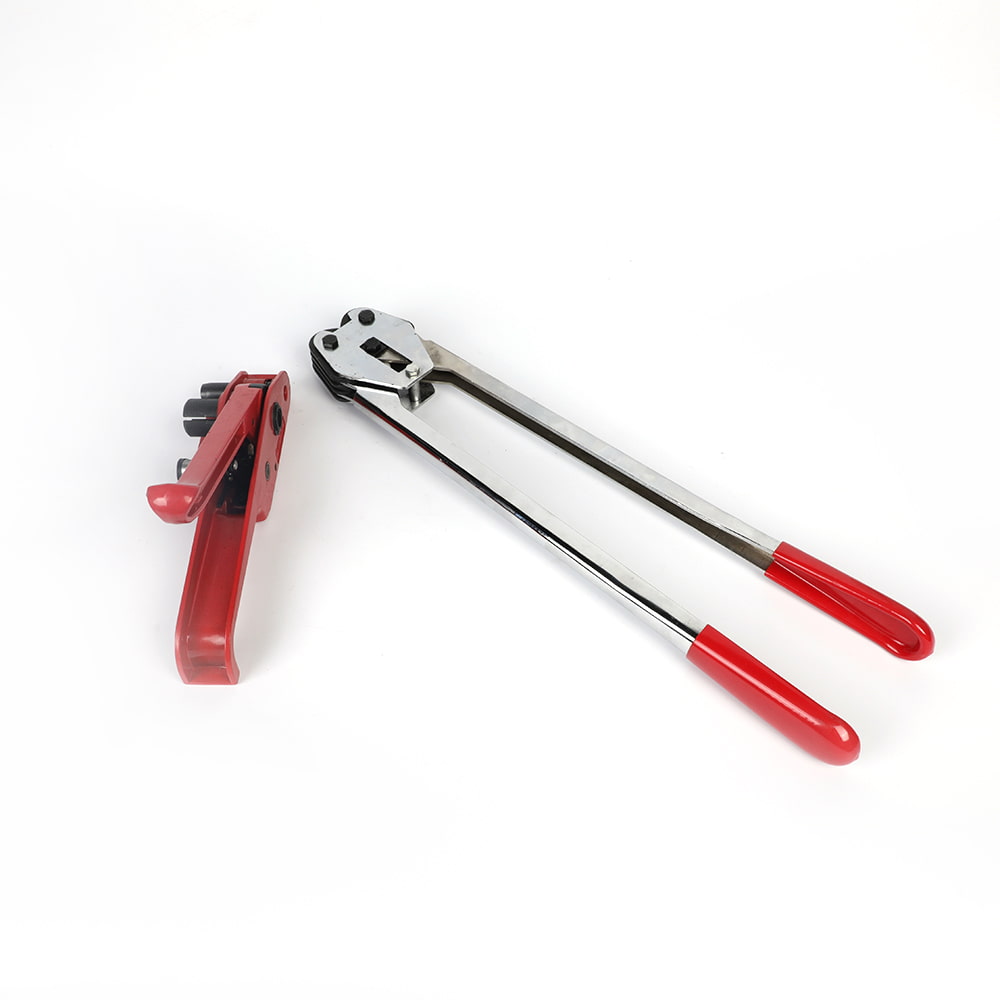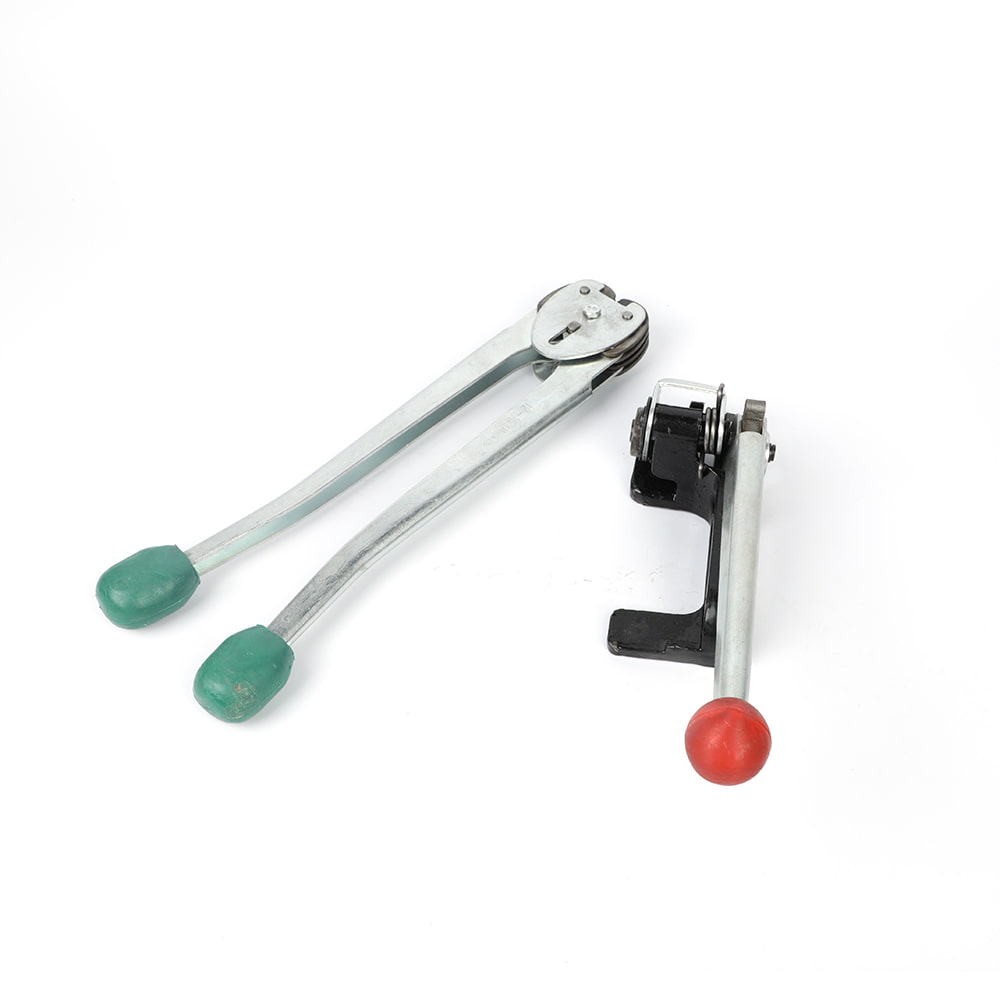Bubble Wrap: The Fascinating History and Versatility of a Packaging Icon
Author:admin Date:2022-12-29
Bubble wrap is a household name and a staple in the packaging industry. It's hard to imagine a world without bubble wrap, and yet this iconic material has only been around for just over 60 years. So, what is bubble wrap and how did it come to be such a vital part of our lives?
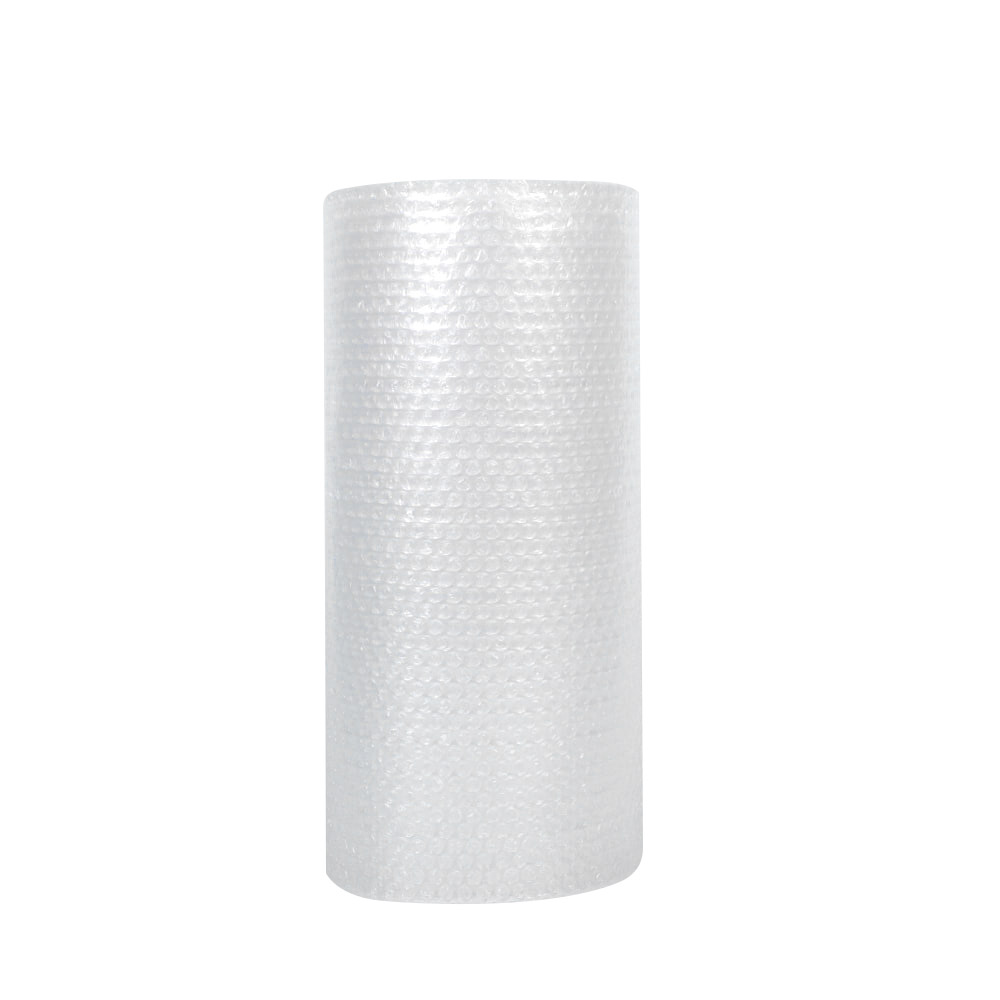

Invented in 1957 by engineers Alfred Fielding and Marc Chavannes, bubble wrap was initially intended to be a wallpaper alternative. The two men created a plastic film with air bubbles trapped in between its layers, and believed that the material's insulating properties would make it a hit in the home decor market. However, when their product failed to take off as wallpaper, the duo turned to the packaging industry for a new use for their invention.
It wasn't until 1960 that bubble wrap finally found its calling as a packaging material. The first product to be shipped using bubble wrap was a computer, and from there, the material's popularity exploded. Today, bubble wrap is used to protect all sorts of fragile items during shipping, from electronics to artwork and everything in between.
But bubble wrap's versatility doesn't stop there. In addition to its protective properties, bubble wrap has a number of other uses. It's often used as insulation in construction and as a soundproofing material in recording studios. It's also a popular choice for craft projects and children's activities, with many kids (and adults!) finding endless hours of enjoyment in popping the individual bubbles.
But what makes bubble wrap so effective as a packaging material? The answer lies in its design. Each bubble is designed to absorb shock and impact, making it the perfect choice for protecting delicate items during shipping. The air-filled pockets also act as a cushion, reducing the risk of breakage and damage.
But bubble wrap's popularity isn't without controversy. While it's a highly effective packaging material, it's also a significant contributor to plastic waste. In an effort to reduce their environmental impact, many companies have started using biodegradable or recycled bubble wrap alternatives. Others have implemented recycling programs to ensure that used bubble wrap doesn't end up in landfills.
Despite these efforts, bubble wrap remains a vital part of the packaging industry. Its versatility and effectiveness make it an indispensable tool for protecting fragile items during shipping. And who knows, with its endless uses and adaptability, bubble wrap may continue to evolve and find new applications in the future.
In conclusion, bubble wrap is a packaging icon with a fascinating history. From its humble beginnings as a failed wallpaper alternative to its current status as a widely-used protective material, bubble wrap has come a long way. While it's important to consider its environmental impact, there's no denying that bubble wrap is an invaluable tool in the world of packaging and beyond.

 EN
EN 
 English
English 中文简体
中文简体

